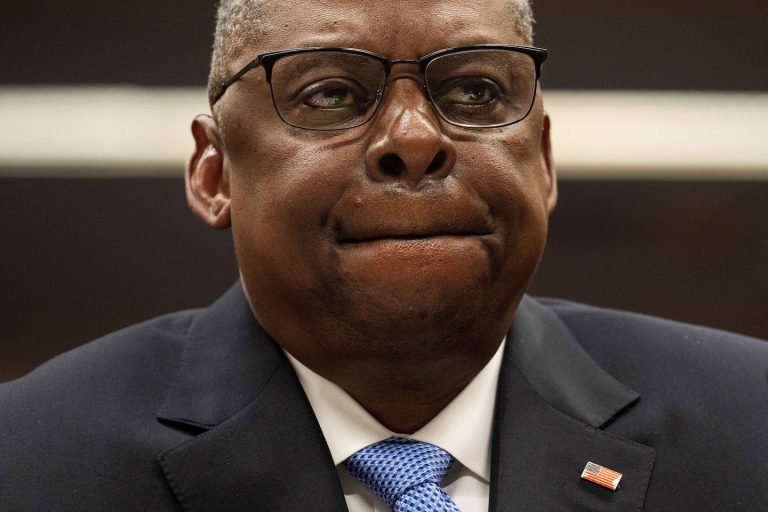Austin said, in a statement issued by the Pentagon, that American forces remain in Iraq at the invitation of the government in Baghdad. Upcoming meetings of the US-Iraqi Supreme Military Committee, a group that includes national security Austin added that officials from both governments will consider the presence of US forces in the country, taking into account the threat posed by militants and the remaining requirements and capabilities of the Iraqi army.
The comments come during a volatile period. Many Iraqi officials called for the expulsion of US forces after a months-long cycle of violence, fueled by the war between Israel and Gaza, between Iranian-backed militias and US forces. Austin continues to recuperate at home after a long hospitalization following complications from surgery to treat prostate cancer.
US military sites in Iraq and Syria have been attacked at least 151 times since October by armed groups trained and supplied by Iran. Pentagon officials indicate that about 2,500 American soldiers remain in Iraq, and that 900 soldiers are deployed in Syria as a buffer to prevent the return of ISIS. But Iraqi officials responded increasingly angrily when the United States responded with air strikes. The militias linked their attacks to the war in Gaza and to US support for the Israeli campaign against Hamas.
In a statement, Iraqi officials acknowledged the start of the meetings but did not clarify whether they would request the departure of American forces.
The statement issued by the Iraqi Ministry of Foreign Affairs stated, “In line with the growing capabilities of the Iraqi forces, the Iraqi government announces the “success of the ongoing negotiations” that began last August regarding future steps.
The committee’s meetings aim to formulate “a specific and clear timetable that specifies the duration of the presence of international coalition advisors in Iraq, to begin a gradual and deliberate reduction of their presence on Iraqi territory, and to complete the military mission against Iraq.” [the Islamic State]The Ministry of Foreign Affairs said: “Moving to comprehensive bilateral relations with the coalition countries in politics, economics, culture, security and military affairs, in accordance with the vision of the Iraqi government.”
The Iraqi parliament voted in favor of removing US military forces from the country. But American officials said they had received There is no official notification.
Pentagon spokeswoman Sabrina Singh denied on Thursday that the meeting amounted to negotiations to withdraw US forces from Iraq.
“This is about the future and making sure that Iraq is prepared to succeed in defending its security and sovereignty, and how the United States can support Iraq in doing that,” she said.
American officials, who spoke on condition of anonymity in a conference call organized by the Pentagon, were reluctant to provide additional details about what form the new arrangement in Iraq could take. A wave of militia attacks delayed committee meetings in the fall, but they will begin now, a senior defense official said on the call.
“There is no way for us to predict exactly where this will lead us, or on what timeline it will lead us,” the official said.
The lack of clarity left the door open to the possibility of the United States withdrawing its forces from some locations in Iraq, and perhaps from Syria. American forces in Syria depend on logistical support from American personnel in Iraq.
A senior military official, speaking on the same conference call, said about 70 Americans had been wounded in militia attacks since October, and one soldier was seriously injured. He added that the continued presence played a role in preventing nearby ISIS cells from carrying out larger attacks.
These discussions culminate two decades of US military intervention in Iraq. President George W. Bush ordered the invasion of the country in March 2003 based on faulty intelligence that former leader Saddam Hussein possessed weapons of mass destruction.
The invasion unleashed a violent insurgency that killed more than 4,000 American soldiers and hundreds of thousands of Iraqis. At the height of the US troop surge, there were more than 170,000 US troops on the ground.
President Barack Obama withdrew the remaining US forces, which Austin had commanded when he was a four-star general, in late 2011. US forces returned to Iraq in 2014, after Islamic State militants took control of nearly a third of the country.
Mustafa Selim and Missy Rayan contributed to this report.

